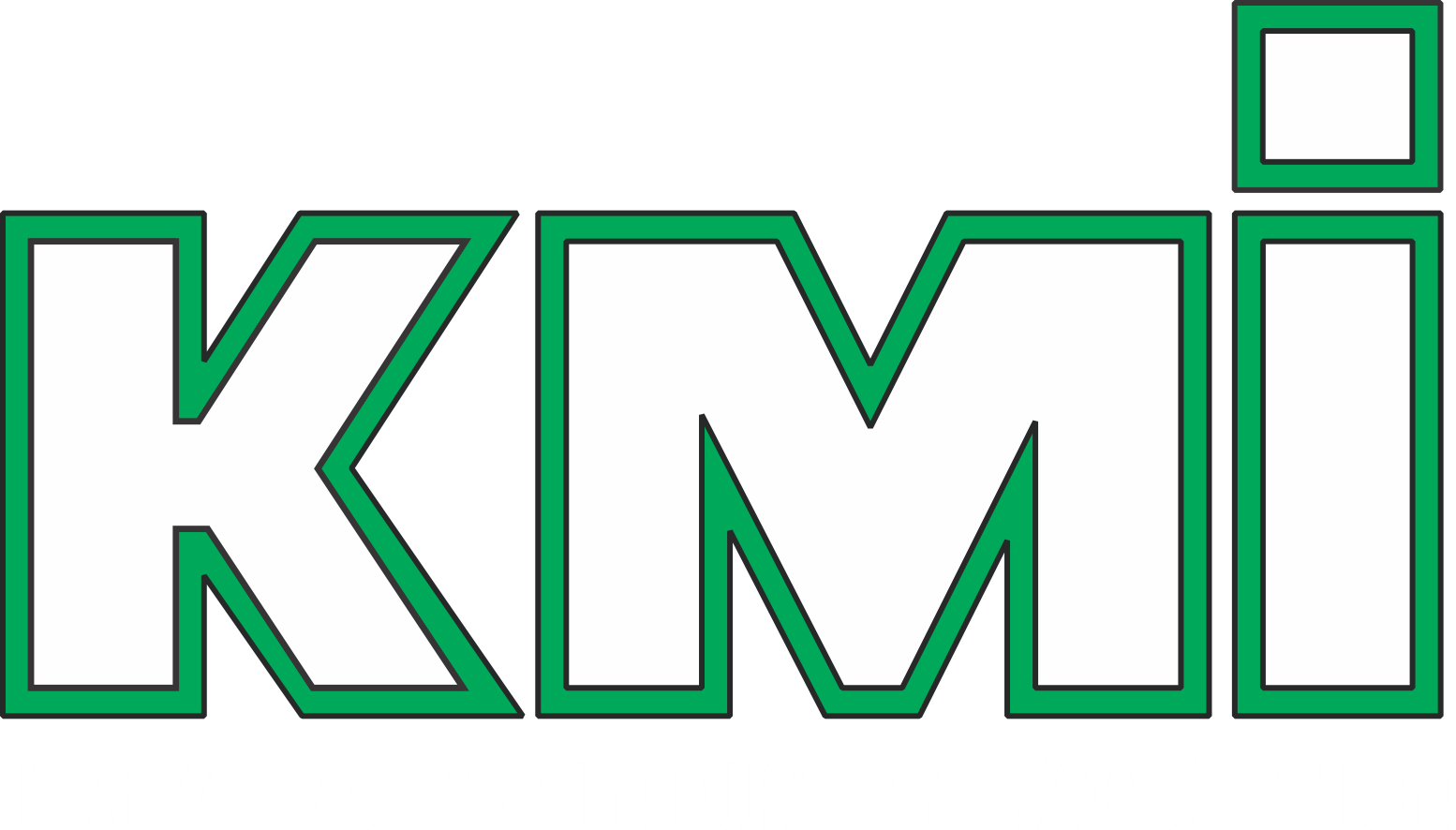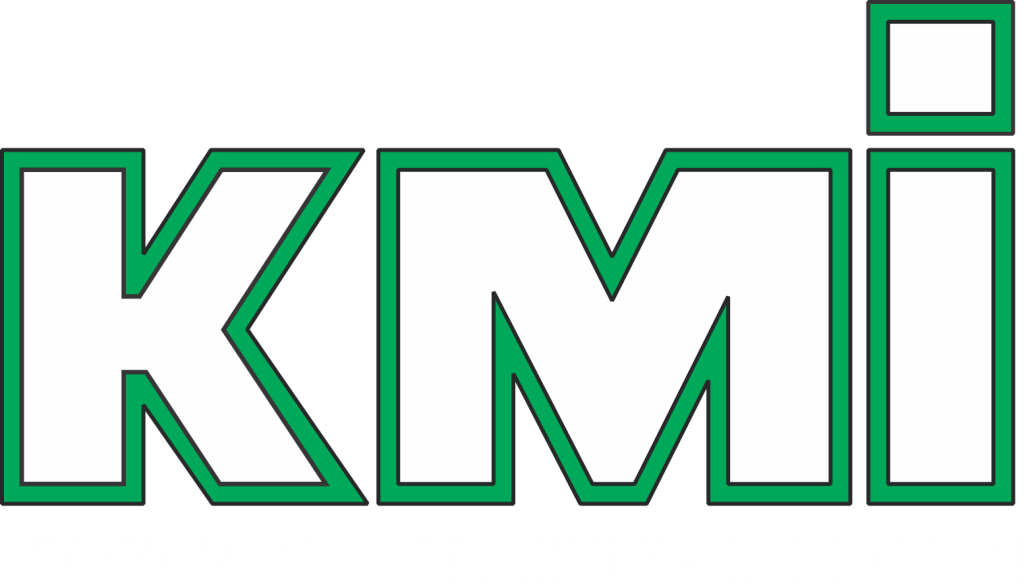The roadworthiness of vehicles depends above all on the self-preservation instincts of the driver. That’s a universal fact, even in places where the laws are strict and the inspection systems are efficient.
The quality of that self-preservation is greatly improved if the driver knows what the dangers are (technical education), is subject to peer pressure (social values), and has the means and the motives to think safety and behave safely (affluence).
Keya does not do too well on those counts. Bottom line, the West is more safety successful because it is more safety conscious…because it can afford to be. It can afford the public education that enhances technical know-how; it can afford the maintenance practices and genuine parts which that know-how dictates; it can afford the enforcement and inspection systems that reinforce the message, deter negligence and nobble delinquency. It can even afford the ambitious idea that life itself is sacrosanct and mutual safety is an inalienable right.
Parts of Kenyan society share those advantages and values. The majority don’t. Our majority, behind the wheel or in the passenger seat (and especially on the pavement) live in circumstances where they either do not know, or do not care, or cannot afford such niceties.
The overwhelming majority depend on public transport (buses and matatus) and require that is delivered at very low cost. Operators meet that demand in a context of physical, social and economic conditions that leave safety somewhere between unimportant and impossible; that spawn suppliers who are quality-exempt, and nurture (nay, actively incentivise) a culture where danger is exchanged for gain.
We make a grave misjudgment to imagine that the problems can be solved if we ape the inspection systems of safer places. That will work only if we also import their circumstances.
Before imposing stricter or otherwise better systems, first we must make it possible for the majority to comply; for the benefits to be real and understood; we must make the evolution from cavalier to cautious…credible and viable!
By all means let us beef up and “straighten” up the inspection systems, especially on vehicles that transport the most people, but just as importantly and even more urgently recognize that unroadworthy vehicles (bald tyres, smoking exhausts, bent steerings, feeble suspensions) are just a symptom…and focus on the cause to determine the remedy.
A matatu does not risk lethal loss of control with a welded steering arm or a popped shock-absorber because it has not been inspected. It does so because the owner does not realize these defects exist, or the driver does not know how dangerous they are, or the passengers have no alternative but to accept the risk, and because replacing those components with good quality parts is not affordable.
Further, what bent the steering arm or broke the shock-absorber in the first place? Will another fee paid at another corrupt inspection centre fix the pothole? Will it improve driving school tuition or make the driving test stricter? Perhaps above all, will it make fares cheaper or drivers richer?

